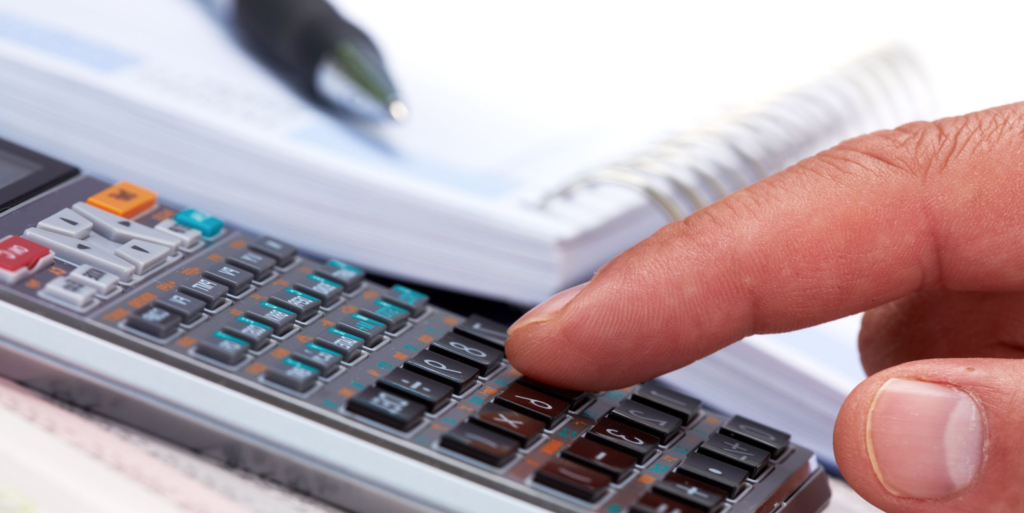All businesses need capital infusions from time to time, but securing such funds can be challenging. That’s especially true of rather new businesses. The answer to this dilemma may be right on your lot. Many businesses spent significant money on heavy capital equipment. It’s quite easy to transform the equity in this equipment into a secured loan.

But before you head to the bank to try and get a loan, it’s important to know what amount of equity you have in your equipment. After all, no one places bets in a poker game without a) knowing the rules and b) looking at the cards the dealer tossed into their hands. Someone with substantial equipment lending expertise can help even more.
Step One: Determine Equipment’s FMV
For a consumer asset like a home, determining an approximate fair market value is usually a rather easy exercise. The value on the county tax appraisal website is usually higher than the fair market value, but it is a start. An offer from a home investor may help determine the value as well. Most investors initially offer about 40 percent of the home’s FMV. The same thing goes for prices of other homes in the neighborhood, although that information is hard to obtain.
With commercial equipment, the process is a bit more difficult. The best way to approximate fair market value might be to look at classified ads for the same type of equipment in the same zip code. Short of a formal estimate from a financial professional, that may be the best an owner can do.
Remember, FMV is not so much a function of what the equipment is worth. Rather, FMV is a function of what people are willing to pay for that equipment at that time. Depending on the commercial and overall economic environment, these two figures could be radically different.
Step Two: Subtract the Loan Balance
This step seems simple enough. But with regard to commercial equipment, there is more involved than just simple subtraction.
It’s sometimes necessary to segregate interest payments from principal payments. The former just goes to the bank; the latter actually builds equity. Another bank will probably not give you credit for money you paid to another financial institution.
Step Three: Maximize Equity in Your Equipment
Cosmetic changes to your equipment may not do very much to enhance its actual value. But they can make the equipment more attractive to buyers. That is an excellent way to increase FMV and therefore equity.
Also, consider paying down the loan balance before you try to borrow money. Such a payment increases the equity in your equipment, shows the bank you are serious about getting a loan, and also represents your current ability to make loan payments. All these things make getting a generous secured loan much more of a possibility.
For your business to get the money it needs, it’s best to maximize the resources you have on hand. That means both determining the amount of equity you have in your equipment, and doing your best to maximize that equity.

